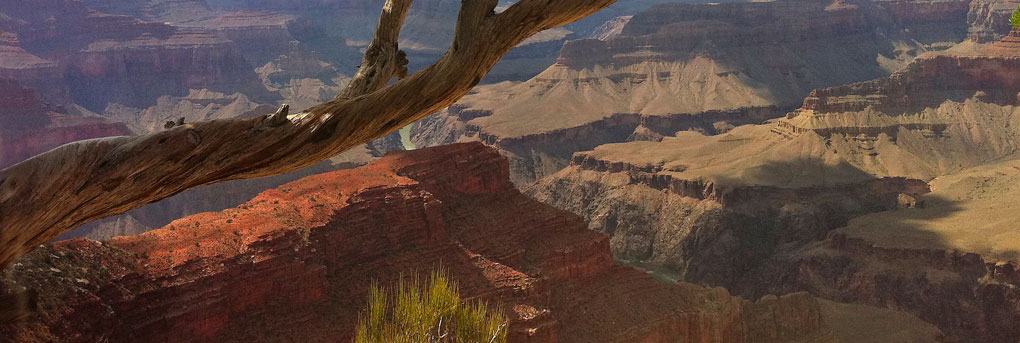John’s vision is a world where all people, not just scientists, understand the power of chemistry to provide enormous benefits to society while recognizing the steps that must be taken to minimize unintended consequences. This vision has become closer to reality through his efforts creating the first green chemistry doctoral program track at UMass Boston, and Beyond Benign, a nonprofit he began with Dr. Amy Cannon focused on green chemistry education outreach.
John’s pioneering work in education was recognized in 2004 by the US National Science Foundation and President George Bush who awarded him the Presidential Award for Excellence in Science, Mathematics, Engineering Mentoring.
videos
How Does Green Chemistry Help Me Do My Job? June 2020 Webinar
Artist Reception March 24th 2016 at Warner Babcock Institute for Green Chemistry
Earth Day 2020 Webinar
Interview on April 13, 2011 with FisherScienceEd
online articles
selected publications
“Noncovalent Derivatization: A Laboratory Experiment for Understanding the Principles of Molecular Recognition and Self‐ Assembly through Phase Behavior”
Cannon, Amy S.; Warner, John C.; Koraym, Smaa A.; Marteel‐Parrish, Anne E., J. Chem. Ed. 2014 91(9), 1486‐1490.
“Green Chemistry and Chemical Bonds”
Cannon, Amy S. and Warner, John C., in Chemistry for Changing Times, 13th Edition, Hill, John W.; McCreary, Terry W., and Kolb, Doris K., Pearson Education, Inc., 2013, p. 118.
“Safer Pesticides through Green Chemistry”
Cannon, Amy S. and Warner, John C., in Chemistry for Changing Times, 13th Edition, Hill, John W.; McCreary, Terry W., and Kolb, Doris K., Pearson Education, Inc., 2013, p. 624.
“The Science of Green Chemistry and its Role in Educational Reform”
Cannon, Amy S.; Warner, John C., New Solutions 2011, 21(3), 499‐517.
“K‐12 Outreach and Science Literacy Through Green Chemistry“
Cannon, Amy S.; Warner, John C. in “Green Chemistry Education: Changing the Course of Chemistry” Ed. Levy, Irv ACS Symposium Series, 2009, 167‐185.
“Aqueous Photoresists”,
Warner, John C. in Greener Approaches to Undergraduate Chemistry Experiments, Kirchhoff, Mary; Ryan, Mary Ann, Eds., American Chemical Society, 2002, 45‐50.
“Construction of Solar Energy Devices with Natural Dyes”,
Warner, John C. in Greener Approaches to Undergraduate Chemistry Experiments, Kirchhoff, Mary; Ryan, Mary Ann, Eds., American Chemical Society, 2002, 42‐44.
“Synthesis of 7‐Hydroxy‐4‐Methylcoumarin by a Solid‐Catalyzed Pechmann Reaction”,
Warner, John C. in Greener Approaches to Undergraduate Chemistry Experiments, Kirchhoff, Mary; Ryan, Mary Ann, Eds., American Chemical Society, 2002, 25‐26.
“Water‐Soluble Catalysis: Aqueous Analogue of the Grignard Reaction”,
Warner, John C. in Greener Approaches to Undergraduate Chemistry Experiments, Kirchhoff, Mary; Ryan, Mary Ann, Eds., American Chemical Society, 2002, 23‐24.
“Benzoin Condensation Using Thiamine as a Catalyst Instead of Cyanide”,
Warner, John C. in Greener Approaches to Undergraduate Chemistry Experiments, Kirchhoff, Mary; Ryan, Mary Ann, Eds., American Chemical Society, 2002, 14‐17.
“Biosynthesis of Ethanol: Renewable Feedstocks and Enzyme Catalysis”,
Warner, John C. in Greener Approaches to Undergraduate Chemistry Experiments, Kirchhoff, Mary; Ryan, Mary Ann, Eds., American Chemical Society, 2002, 11‐13.
“Microwave‐Assisted Diels‐Alder Reaction of Anthrocene and Maleic Anhydride”,
Warner, John C. in Greener Approaches to Undergraduate Chemistry Experiments, Kirchhoff, Mary; Ryan, Mary Ann, Eds., American Chemical Society, 2002, 8‐10.
“The Wittig Reaction in the Undergraduate Organic Laboratory.”
Warner, J. C.; Anastas, P. T.; Anselme, J.‐P. J. Chem. Ed., 1985, 62, 346.

